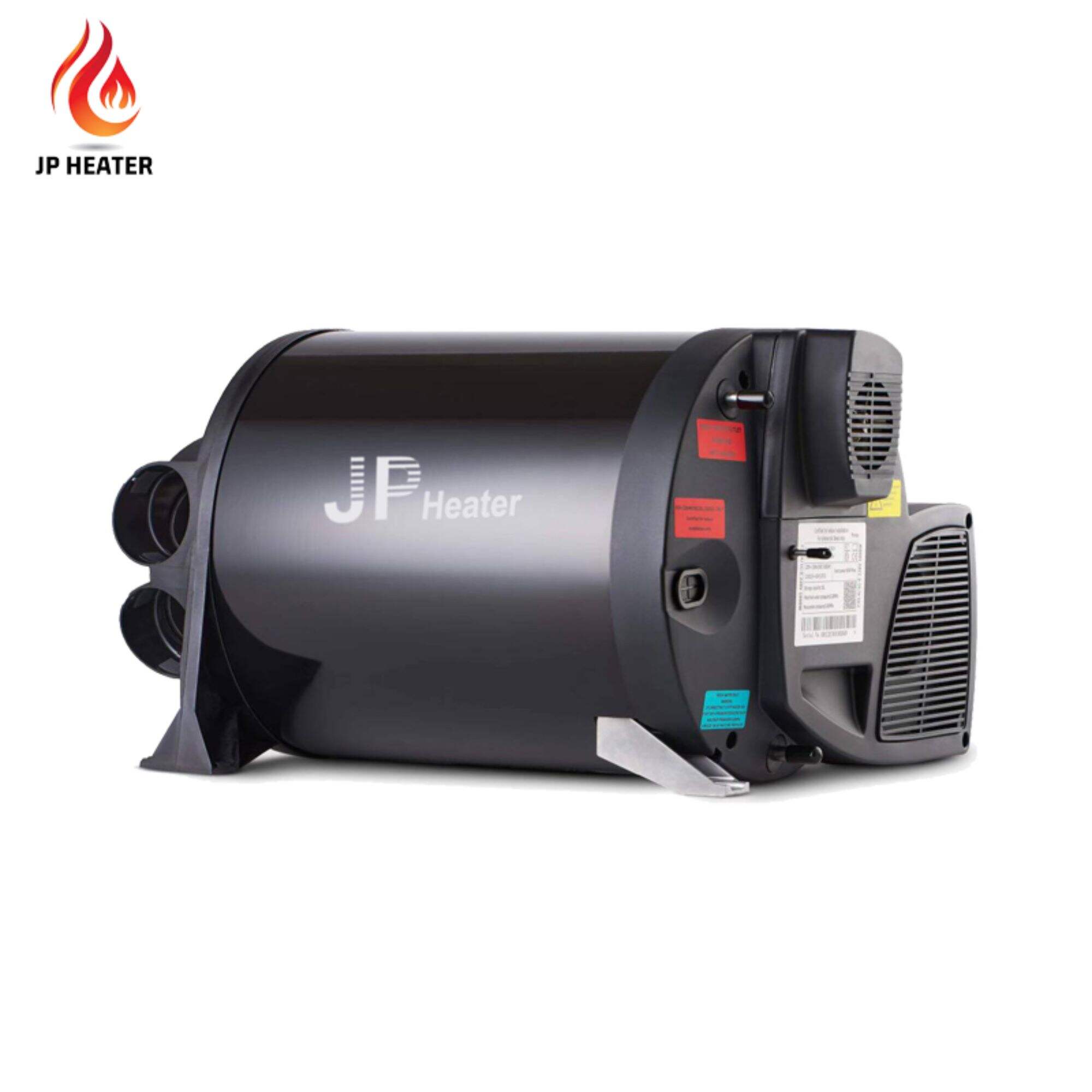JP Combi heater is a device that integrates heating and hot water supply, widely used in households, commerce, industry, RVs, and other fields. Its main components include combustion system, heat exchanger, control system, and smoke exhaust system.

1、 Combustion system
The combustion system is the core part of the diesel heating integrated engine, which is responsible for converting the heat generated by the combustion of diesel or diesel substitutes into hot water or hot air. The combustion system generally consists of a combustion chamber, fuel nozzle, combustion controller, and ignition device. The combustion chamber is the place where the combustion process occurs. The fuel nozzle is responsible for injecting fuel into the combustion chamber, while the combustion controller monitors and controls parameters such as temperature and pressure during the combustion process. The ignition device is used to start the combustion system.
2、 Heat exchanger
The heat exchanger is another important component of the diesel heating integrated machine, which is responsible for transferring the heat energy generated by combustion to water or air. A heat exchanger generally consists of metal pipes and heat sinks. The high-temperature flue gas generated by the combustion system comes into contact with the pipes inside the heat exchanger, heating the water or air inside the pipes. The design and material selection of heat exchangers have a significant impact on the thermal efficiency and service life of diesel heating integrated machines.
3、 Control system
The control system is the intelligent management part of the diesel heating integrated machine, which is responsible for monitoring and controlling the operation status of the combustion system and heat exchanger. The control system generally consists of temperature sensors, pressure sensors, liquid level sensors, and controllers. The temperature sensor is used to monitor the temperature of the combustion chamber and heat exchanger, the pressure sensor is used to monitor the pressure during the combustion process, the liquid level sensor is used to monitor the liquid level in the water tank, and the controller automatically adjusts the operating status of the combustion system and heat exchanger based on the feedback signal of the sensor to ensure the safe and efficient operation of the diesel heating integrated machine.
4、 Smoke exhaust system
The smoke exhaust system is the emission part of the diesel heating integrated machine, which is responsible for discharging the exhaust gas generated during the combustion process outside. The smoke exhaust system generally consists of a chimney, smoke exhaust ducts, and smoke exhaust fans. The chimney is the main part of the smoke exhaust system, which guides the smoke from the combustion chamber to the outside through the assistance of natural suction or smoke exhaust fans. The smoke exhaust duct is used to connect the chimney and the combustion system, and the smoke exhaust fan enhances the exhaust effect of the smoke.
The main components of the diesel heating integrated machine include the combustion system, heat exchanger, control system, and smoke exhaust system. These components work closely together to achieve efficient and safe operation of the diesel heating integrated machine, providing users with comfortable heating and hot water supply.
